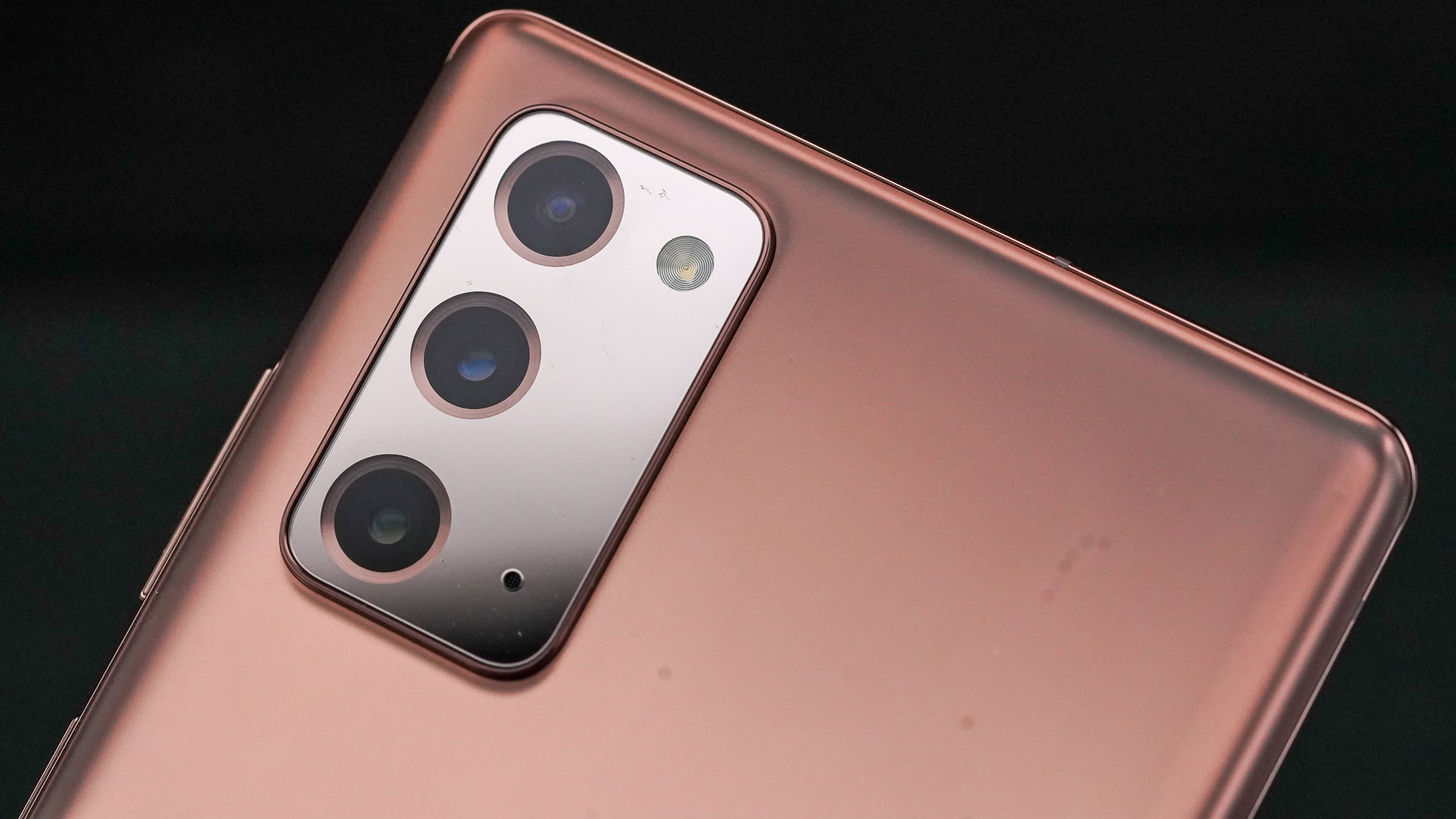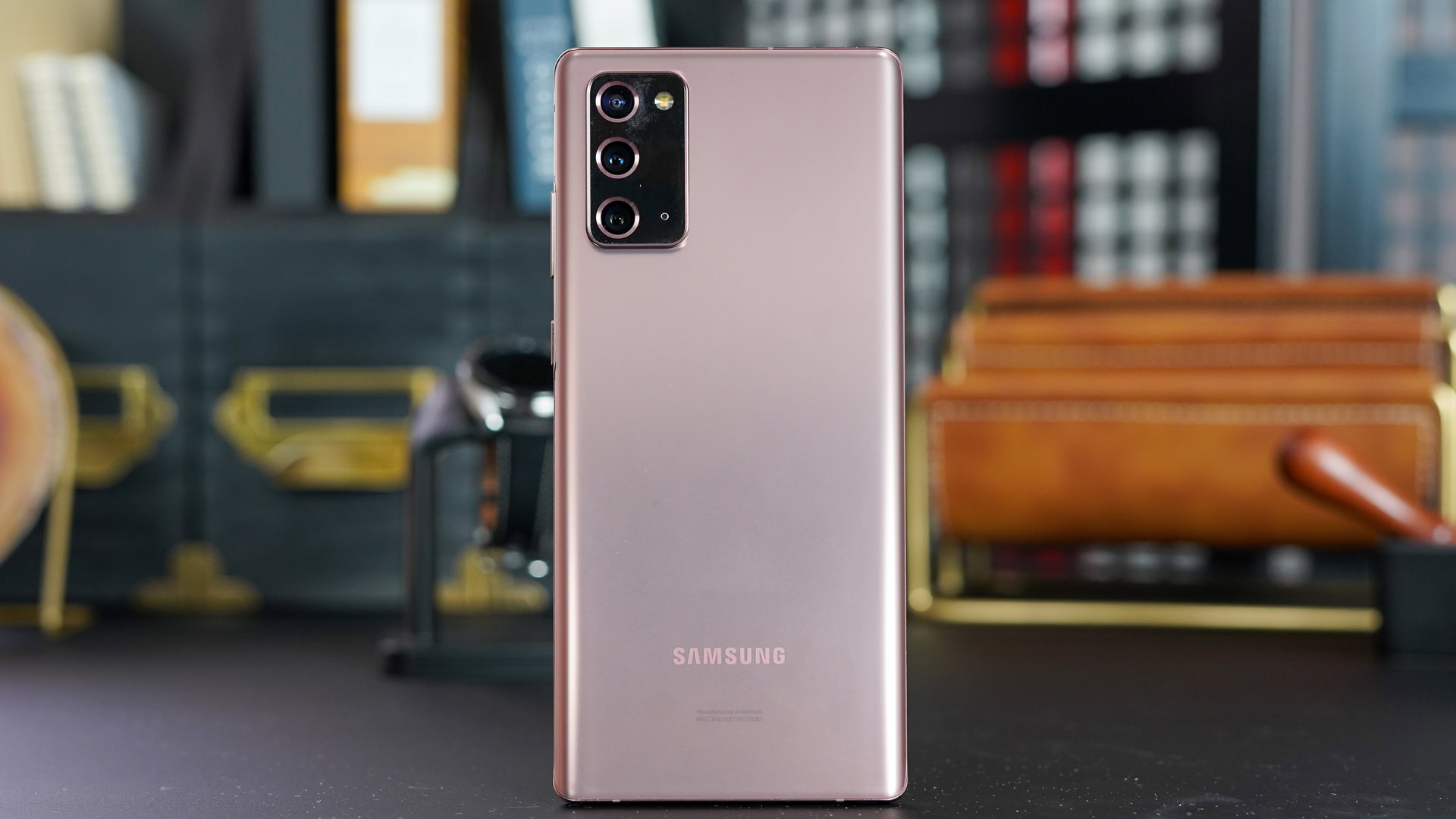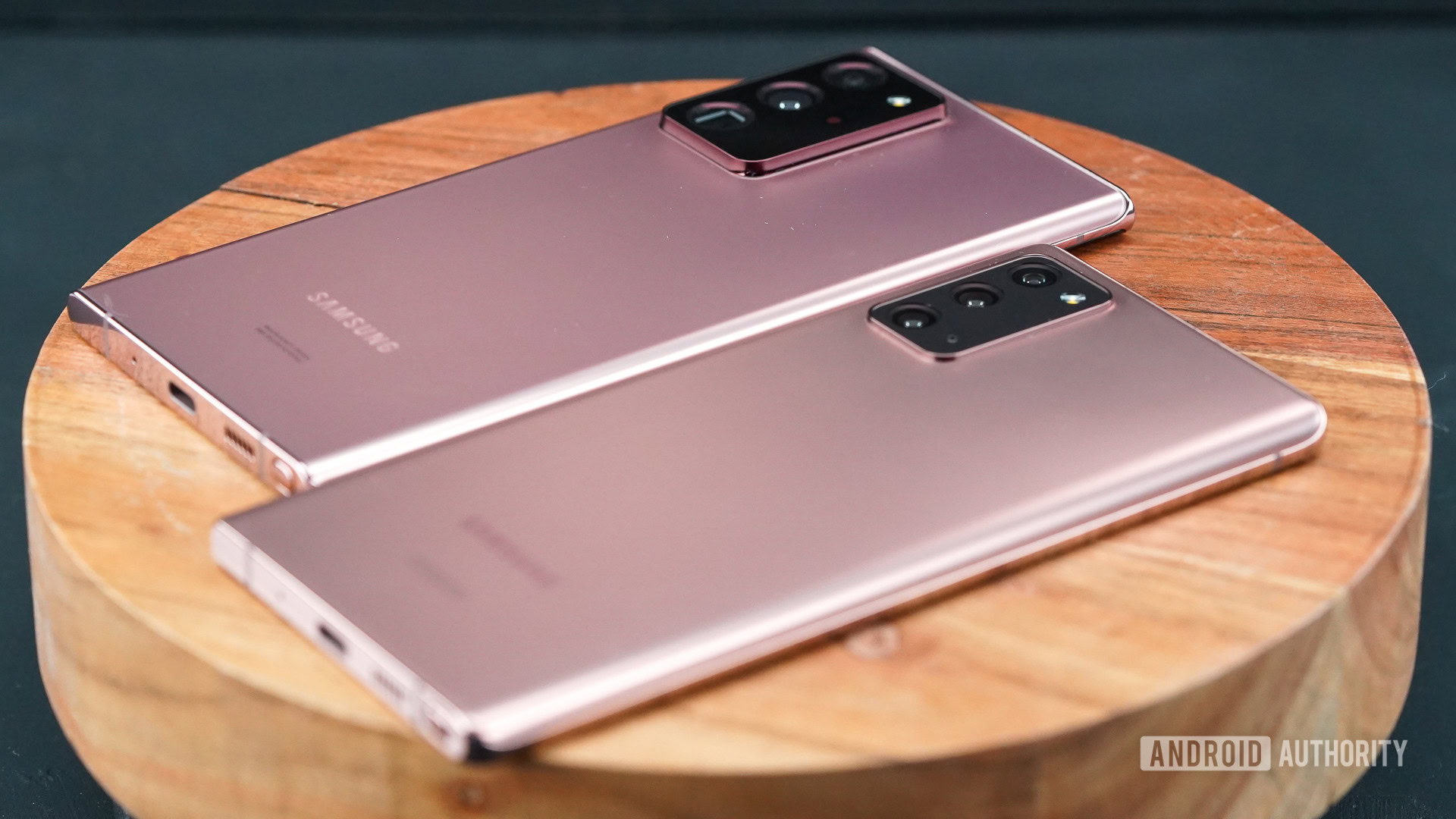Affiliate links on Android Authority may earn us a commission. Learn more.
Samsung Galaxy Note 20: Is it okay to sell a $1,000 plastic phone?
Published onAugust 8, 2020

Samsung’s Galaxy Note 20 looks like a solid step above the Note 10 based purely on specs. Between the flagship-level power, bigger battery, and a set of rear cameras borrowed from the Galaxy S20 series, there’s a lot to like.
However, one major change that has drawn attention and a fair share of criticism is the company’s decision to adopt a plastic build — similar to its Galaxy A series — instead of the metal and glass design seen on the Note 20 Ultra and every flagship Galaxy phone since the Galaxy S6.
But is this really such a big deal? Is it really not okay to have a plastic — sorry, “Glasstic,” as Samsung calls it — flagship phone in 2020?
Our early verdict: Samsung Galaxy Note 20 Ultra hands-on: Flagship power and style
Arguments against plastic
Right away, this decision will undoubtedly lead some to question whether a phone that costs $1,000 really should have a plastic design in the first place. This is kind of obvious, but glass is a more expensive material than plastic, so it’s understandable if users feel like Samsung is cutting back purely to snatch a higher profit margin.
Furthermore, plastic has traditionally been viewed as the material of choice for budget phones because of its cheap material cost. As a result, many associate the look and feel of plastic/polycarbonate with cheap phones — or even plastic toys — rather than a premium device.
It doesn’t help that basically every top-tier smartphone brand shifted to glass designs long ago — Apple, HUAWEI, OnePlus, Google, the list goes on. This includes OEMs like realme that make affordable flagships that are almost half the price of the Galaxy Note 20.
An argument for “Glasstic”

The proof is in the pudding though, and our own Eric Zeman reckons that the Galaxy Note 20’s and so-called “Glasstic” design, “doesn’t feel terrible.” Eric noted that it doesn’t feel as great as actual glass but that it takes a second to realize it’s a plastic phone.
So Samsung’s plastic-glass hybrid might be half a step above a normal plastic in terms of look and feel at the very least. But there have always been several other advantages to adopting a plastic design instead of glass.
Samsung reckons glasstic has a glass-like look and feel, but the jury is out on that one.
For one, durability is significantly improved over glass. Yes, today’s glass-backed phones often pack Gorilla Glass protection. In fact, the Galaxy Note 20 Ultra is the first phone built from the all-new Corning Gorilla Glass 7. But there’s always a risk of your phone back spiderwebbing from an accidental tumble that just isn’t there with plastic. That’s not to say plastic is impervious to damage, but you can expect paint scuffs and cracks at worst.
Spiderwebbing glass isn’t just an aesthetic issue either, it represents a safety hazard too. No one wants a shard of glass stuck in their fingers. This is especially true if you’re using your phone without a cover.
Samsung also confirmed to Android Authority that its take on plastic reduces fingerprint smudges, which are one of the most annoying things about most glass-backed phones. But like glass, and unlike the metal-backed flagships of yesteryear, plastic rear covers also enable wireless charging and water resistance. These two features have become expected fixtures on premium flagships from most major brands, so
Does it really matter?

Between the tentatively improved feel of new plastic designs, durability, and playing nicely with premium features (IP rating and wireless charging), it’s clear that a plastic phone like the Note 20 has its merits. Although it appears as if Samsung’s claim of a glass-like plastic hasn’t quite been realized based on our first impressions.
It’s also worth noting that many people tend to use a cover on their phone anyway, so it’s not like you’ll be touching the back of the phone in everyday usage.
Then again, the idea of paying $1,000 for even a part-plastic phone will undoubtedly and understandably irk some people. The least companies can do is ensure that they beef up the phone in other areas if they plan to charge a premium for a plastic phone.
Samsung told Android Authority that the plastic design allows the firm to deliver “more power and performance at a price point similar to prior Note devices like Note 9 and Note 10.” In other words, Samsung seems to think that a glass-backed Note 20 would’ve either been more expensive or lacking compared to what we have now.
Then again, it’s clear that the Galaxy Note 20 is indeed lacking compared to the Note 20 Ultra and even the standard S20. Aside from having a bigger battery, the Note 20 misses out on a QHD+ resolution, high refresh rate (not even 90Hz like the OnePlus 8 and Nord), a microSD card slot, a 108MP camera sensor, a better zoom camera, and that fancy new Gorilla Glass standard.
Related: How the prices of Samsung Galaxy Note phones have changed over the years
So it’s hard to shake the feeling that Samsung resorted to plastic for profit margin reasons in light of these differences. Although 2020 has also seen an unprecedented spike in flagship pricing due to the 5G transition and the high price of flagship silicon. Either way, it’s clear that the gap between the Note 20 and Note 20 Ultra is bigger than the gap between the Note 10 and Note 10 Plus in many ways — and not just because it’s plastic.
Do you think plastic should be used on $1,000 phones? Take our poll below!
Do you think $1,000 phones should be made out of plastic?
Looking for more Samsung-related content? Check out our recent coverage below.